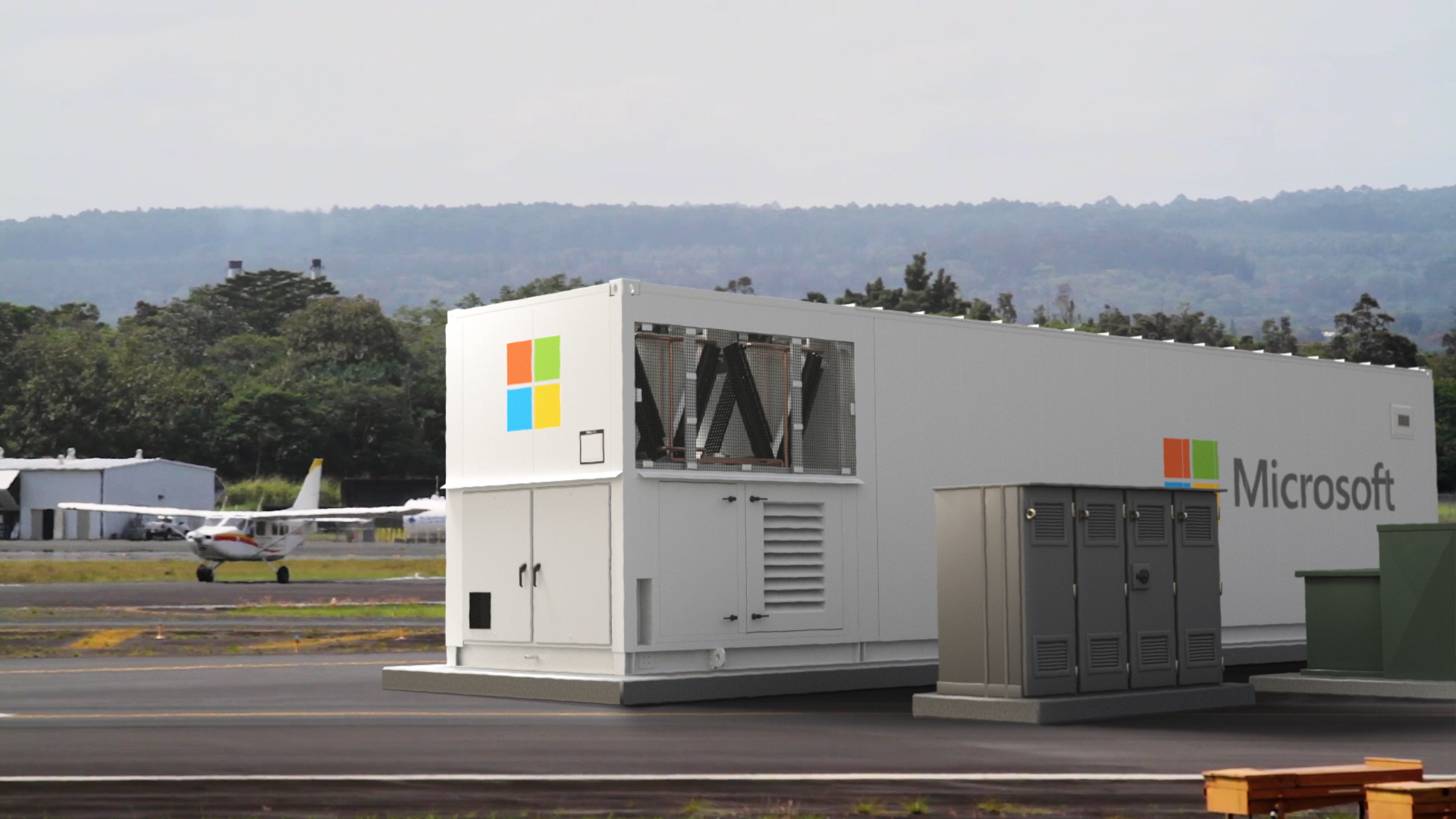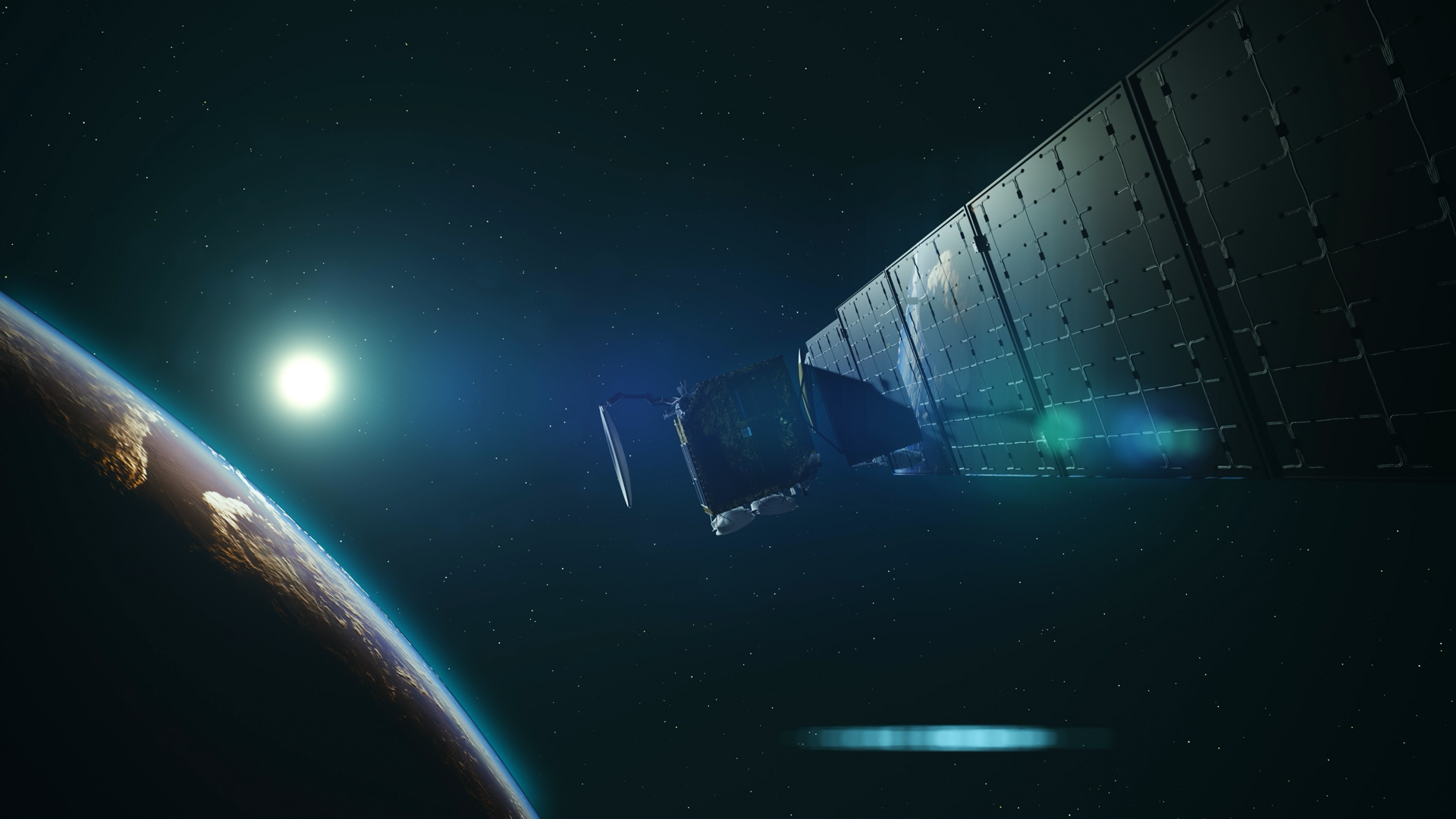Microsoft is taking its Azure cloud computing platform to the final frontier — space. It now has a dedicated business unit called Azure Space for that purpose, made up of industry heavyweights and engineers who are focused on space-sector services, including simulation of space missions, gathering and interpreting satellite data to provide insights and providing global satellite networking capabilities through new and expanded partnerships.
One of Microsoft’s new partners for Azure Space is SpaceX, the progenitor and major current player in the so-called “New Space” industry. SpaceX will be providing Microsoft with access to its Starlink low-latency satellite-based broadband network for Microsoft’s new Azure Modular Datacenter (MDC) — essentially an on-demand container-based data center unit that can be deployed in remote locations, either to operate on their own or boost local capabilities.

Image Credits: Microsoft
The MDC is a contained unit, and can operate off-grid using its own satellite network connectivity add-on. It’s similar in concept to the company’s work on underwater data centres, but keeping it on the ground obviously opens up more opportunities in terms of locating it where people need it, rather than having to be proximate to an ocean or sea.
The other big part of this announcement focuses on space preparedness via simulation. Microsoft revealed the Azure Orbital Emulator today, which provides in a computer emulated environment the ability to test satellite constellation operations in simulation, using both software and hardware. It’s basically aiming to provide as close to in-space conditions as are possible on the ground in order to get everything ready for coordinating large, interconnected constellations of automated satellites in low Earth orbit, an increasing need as more defense agencies and private companies pursue this approach versus the legacy method of relying on one, two or just a few large geosynchronous spacecraft.

Image Credits: Microsoft
Microsoft says the goal with the Orbital Emulator is to train AI for use on orbital spacecraft before those spacecraft are actually launched — from the early development phase, right up to working with production hardware on the ground before it takes its trip to space. That’s definitely a big potential competitive advantage, because it should help companies spot even more potential problems early on while they’re still relatively easy to fix (not the case on orbit).
This emulated environment for on-orbit mission prep is already in use by Azure Government customers, the company notes. It’s also looking for more partners across government and industry for space-related services, including communication, national security, satellite services including observation and telemetry and more.
